The pioneering flags of the great land
For many years, Thai Binh has been one of the top provinces in the country in terms of rice cultivation. The establishment of large-scale plantations in the past seven years has not only helped the locality maintain a rice output of about 1 million tons/year, but also created a new generation of farmers to apply machinery and science and technology to production, and to effectively utilize land resources.
Mr. Do Van Dan in Vu Quy commune (Kien Xuong district) is a famous large landowner and also the Chairman of the Thai Binh Province Large Landowners Club. Currently, Mr. Dan has about 30 hectares of rice fields from renting from households that do not have production needs to grow rice.
According to Mr. Dan, the process of planting a rice variety on a large area, combining science and technology and mechanization in production stages has confirmed that rice cultivation is profitable. Calculating, for every 1 sao of rice, he earns 600,000 VND in profit.
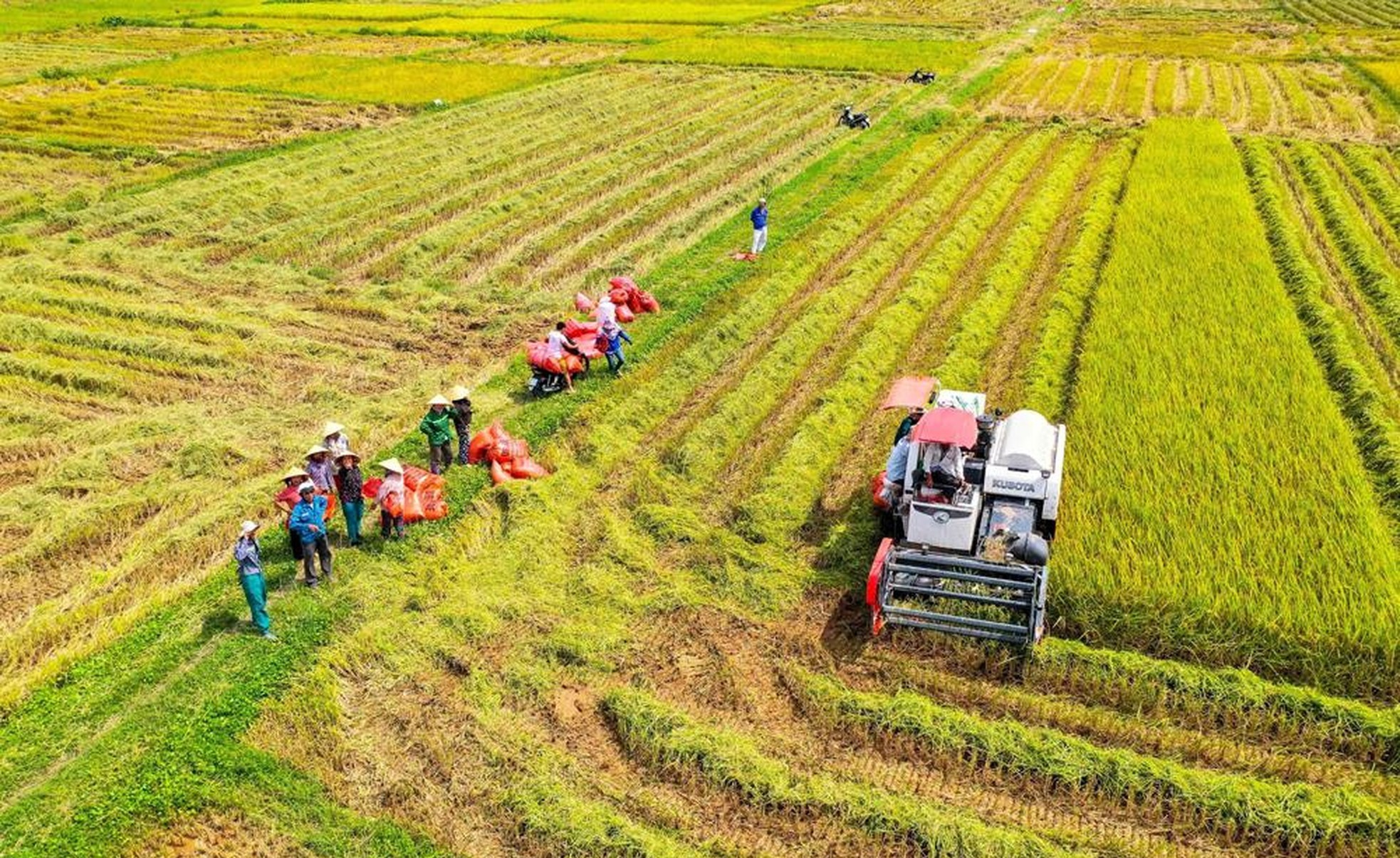
Land accumulation and mechanization of farming have helped many farmers become billionaires.
Thai Binh province currently has about 2,000 organizations, households and individuals accumulating and concentrating land, with a total area of over 8,000 hectares; an average of 4.08 hectares/organization, household and individual. Through review, there are 1,511 households accumulating an area of less than 5 hectares; 324 households accumulating from 5 to 10 hectares and 133 households accumulating an area of over 10 hectares.
Quynh Phu, Thai Thuy, Vu Thu and Kien Xuong districts are places with quite active land accumulation movements, with more than 1,000 hectares/locality and are linked and operating together through the Land Acquisition Club.
According to the Department of Agriculture and Rural Development of Thai Binh province, the accumulation and concentration of land for production has created clear economic efficiency, reducing input costs by about 2.6 million VND/ha; at the same time, creating favorable conditions for people to invest in machinery and equipment for agricultural production, implementing synchronous mechanization from land preparation to harvesting and preservation; ensuring output, uniformity in quality, high appearance of agricultural products, attracting many organizations, individuals, and businesses to purchase and consume products under joint contracts.
After one year of establishment and operation, the Hai Phong Dai Dien Club has 108 members from all districts in the area, with a total production area of over 3,000 hectares. Mr. Nguyen Manh Hung - Chairman of the Hai Phong Dai Dien Club said that currently, the club members have 6 plows, 8 transplanters, 6 spraying planes, 4 harvesters, 5 seedling racks, and 5 dryers with a capacity of 5-10 tons.
“Previously, each crop season, some people had excess seedlings, some people had shortages, some people had this machine, some people had that machine, etc. Since the Dai Dien Club was established, through the Zalo group, if there was any surplus or shortage, we would report it to the group, etc., how to spray insecticides and pesticides, we would share with each other. In addition, when joining the Club, businesses would supply seeds and purchase products, so members can feel secure in production,” Mr. Nguyen Manh Hung informed.
According to the Hai Phong Agricultural Extension Center, the Dai Dien Club is a new agricultural production model, established in 2023 with the goal of sustainable, efficient and highly valuable agricultural production. Initially, there were only a few dozen members, but after just one year, it has grown strongly, with an increasing number of rice farmers joining the Club.
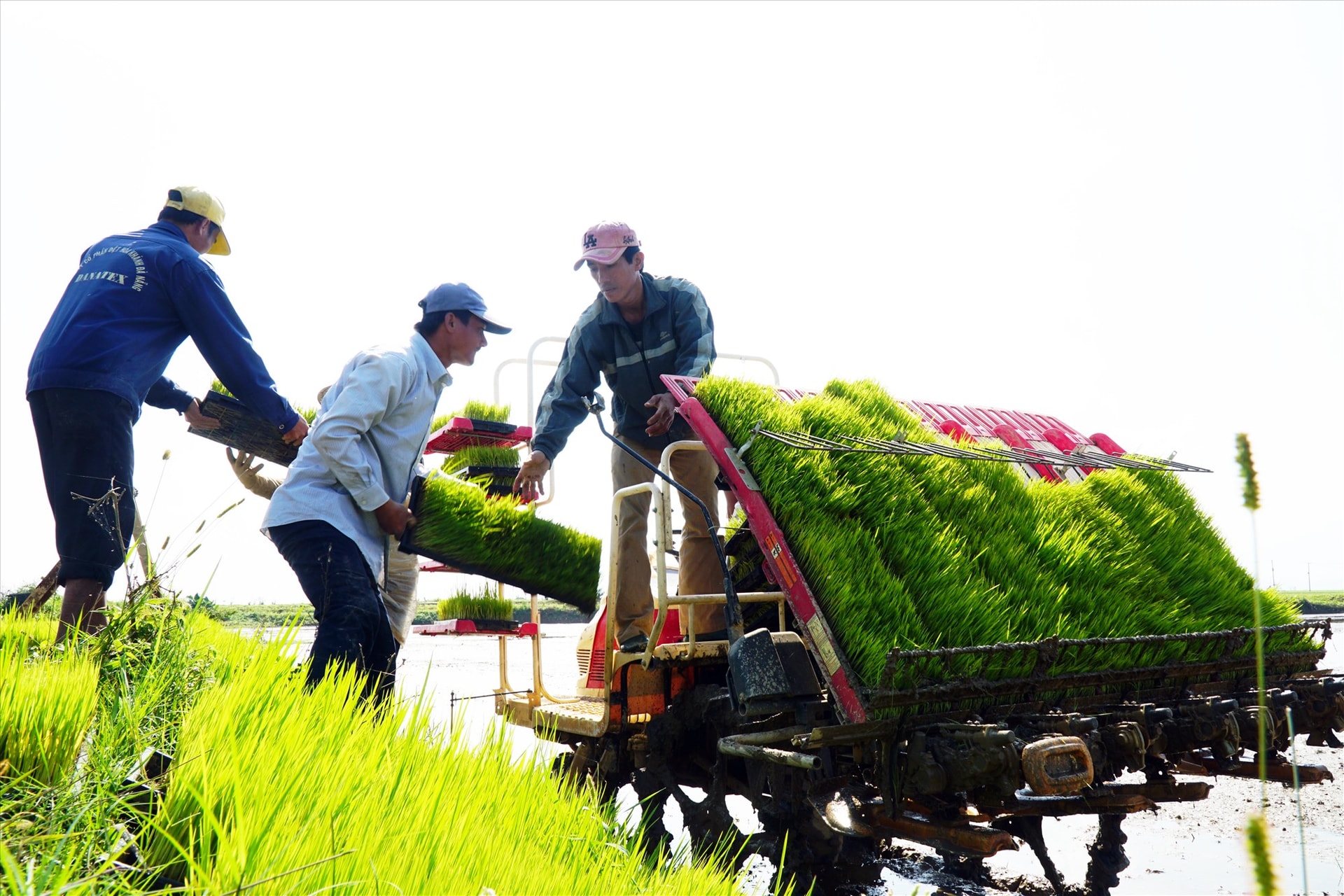
By using machines in production, farmers save labor, fertilizer costs, seeds, etc. while profits are many times higher than traditional methods.
Luu Vinh Son is the rice granary of Thach Ha district (Ha Tinh), however, due to history, there are tens of thousands of small, fragmented fields, some high, some low, causing many difficulties for production, so it is necessary to use more than 80% of human labor when plowing and harvesting because mechanization is difficult to participate; the amount of materials and fertilizers is expensive; rice productivity and economic efficiency per unit area are limited...
In recent years, Bac Son Agricultural and General Service Cooperative (Bac Son Cooperative), Luu Vinh Son commune, has leased small, fragmented land areas from 154 households in Thien Dinh with a total area of over 50 hectares to build large fields. This is the first land consolidation model in Ha Tinh implemented under this mechanism.
Mr. Tran Hau Nhan, Director of Bac Son Cooperative, said: “Never before have farmers been so healthy in farming as they are now. Plowing, harvesting, and spraying pesticides are all done with machines and technology. It only takes a few days to sow and fertilize.” In addition, the system of internal roads has been expanded and canals have been upgraded, creating favorable conditions for production and harvesting.
The average rice yield in the fields where the cooperative is producing is 6.5 tons/ha of fresh rice, an increase of 0.8 tons/ha compared to before the conversion; the cost of land preparation and harvesting after the conversion is reduced by 800 thousand VND/ha; the production land area after the demolition of the embankments increases from 53.8ha to 55ha. "After implementing land consolidation, demolishing small plots to form large fields, the total average spring rice crop revenue of the cooperative is more than 1.8 billion VND/crop (calculated based on the average yield of 6.5 tons/ha and the fresh rice price of 5,300 VND/kg); the profit is nearly 500 million VND", Mr. Nhan calculated.
Concretized by Land Law 2024
Obviously, the benefits that the large-scale land movement brings are not only to increase productivity and income for farmers, but above all, to help clear and effectively use land resources - one of the prerequisites for modern and sustainable agriculture.
Resolution No. 19-NQ/TW of the 13th Party Central Committee on agriculture, farmers and rural areas to 2030, with a vision to 2045, also clearly stated: Promote land accumulation and concentration; develop agriculture in a modern direction, with concentrated, large-scale commodity cultivation, ensuring food safety based on the application of advanced science and technology, digital transformation, mechanization, automation, etc.; continue to improve policies and laws on agriculture, farmers and rural areas. Amend and supplement land policies and laws to ensure sustainable and effective management and use of agricultural land, promote accumulation, concentration, flexible and effective use of rice land; overcome the situation of abandonment and land degradation, etc.
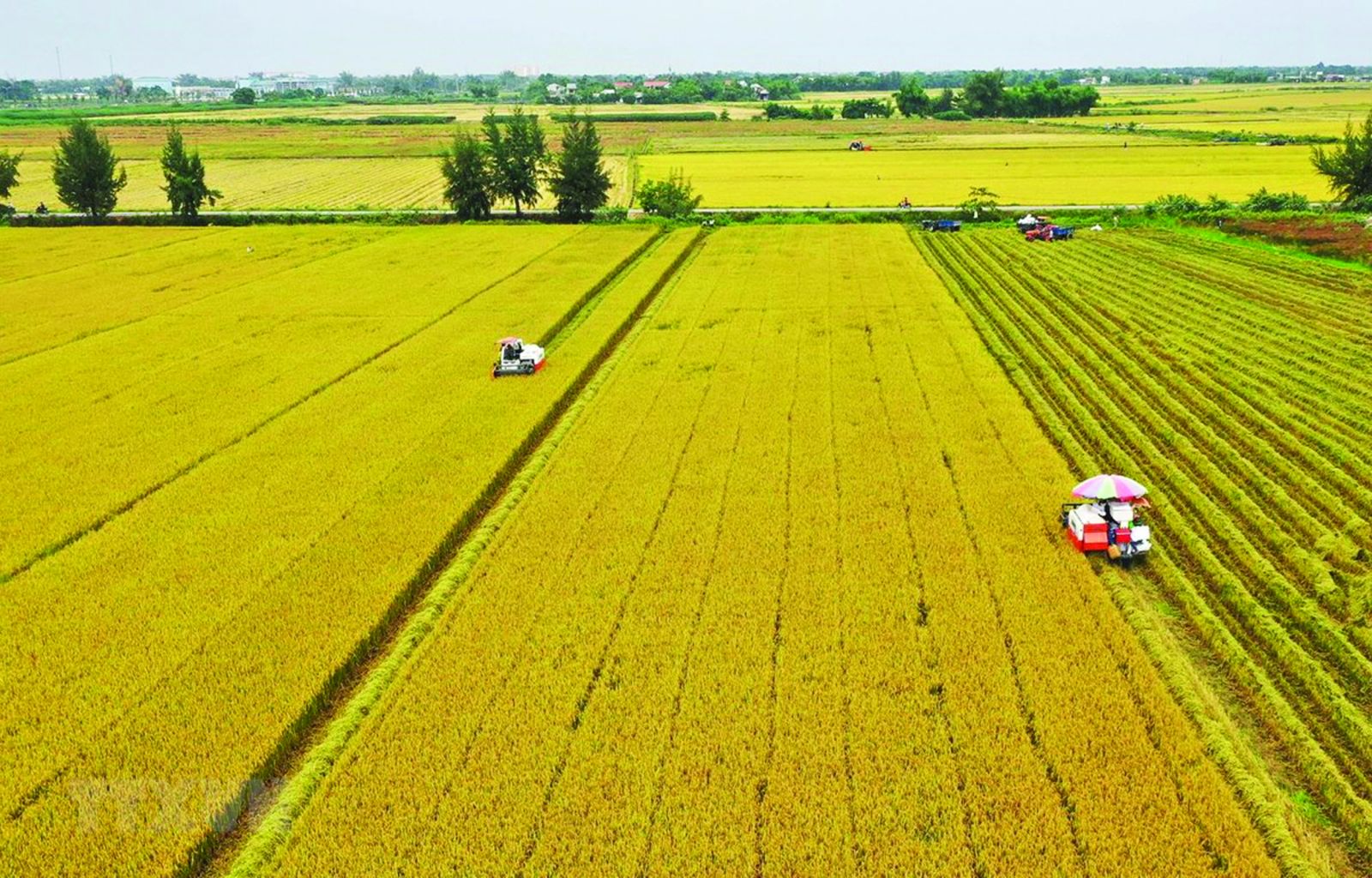
The 2024 Land Law is considered a major turning point to help unlock land resources and improve the efficiency of land management and use.
However, the process of agricultural land concentration is still slow, not keeping up with the needs of restructuring the agricultural sector in general, for the development of large-scale commodity agriculture, industrialization and modernization of rural agriculture in particular; fragmented land is a factor that prevents people and businesses from investing long-term in agriculture. Many fields are still abandoned because farmers are not cultivating effectively, but farmers are not confident about leasing them to businesses or converting them for production.
In that context, the 2024 Land Law (effective from August 1, 2024) is considered a breakthrough turning point for the development of Vietnamese agriculture.
Accordingly, the 2024 Land Law clearly stipulates that agricultural land concentration is the increase of agricultural land area for production organization through conversion of agricultural land use rights according to the land consolidation and plot exchange plan; leasing land use rights and cooperating in production and business with land use rights.
Agricultural land accumulation is the increase of agricultural land area of land users to organize production through receiving transfer of agricultural land use rights and receiving capital contribution in the form of agricultural land use rights. The State has policies to encourage organizations and individuals to concentrate and accumulate land for agricultural production; apply science and technology to use land funds economically and effectively.
According to experts, the new policies of the Land Law will create favorable conditions for organizations and individuals with capital and scientific and technical capacity to access land, invest in developing agricultural production, and improve land use efficiency.
Experts believe that the new regulations related to agricultural land of the Land Law will increase the ability to attract investment, especially large enterprises investing in science and technology in agriculture. People will have many options to increase the value of agricultural land, increase income, and limit land abandonment. The agricultural sector will have the opportunity to develop many new agricultural models that bring efficiency and high income to farmers.
The Land Law expands the limit for receiving the transfer of agricultural land use rights from 10 times to no more than 15 times the local land allocation limit; at the same time, expands the subjects eligible to receive the transfer of rice land use rights to economic organizations and individuals not directly involved in agricultural production.
Agricultural land users are allowed to convert crop and livestock structures; to use part of the land area to build works directly serving agricultural production; to combine trade, services, animal husbandry, medicinal plant cultivation, etc.


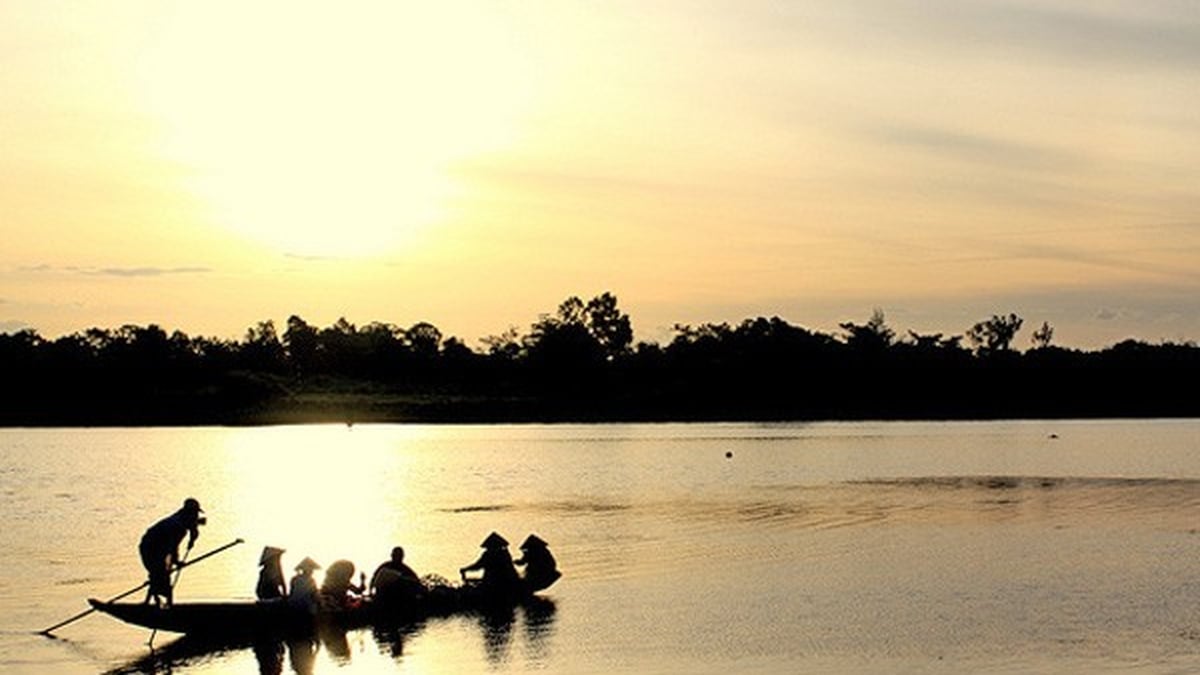




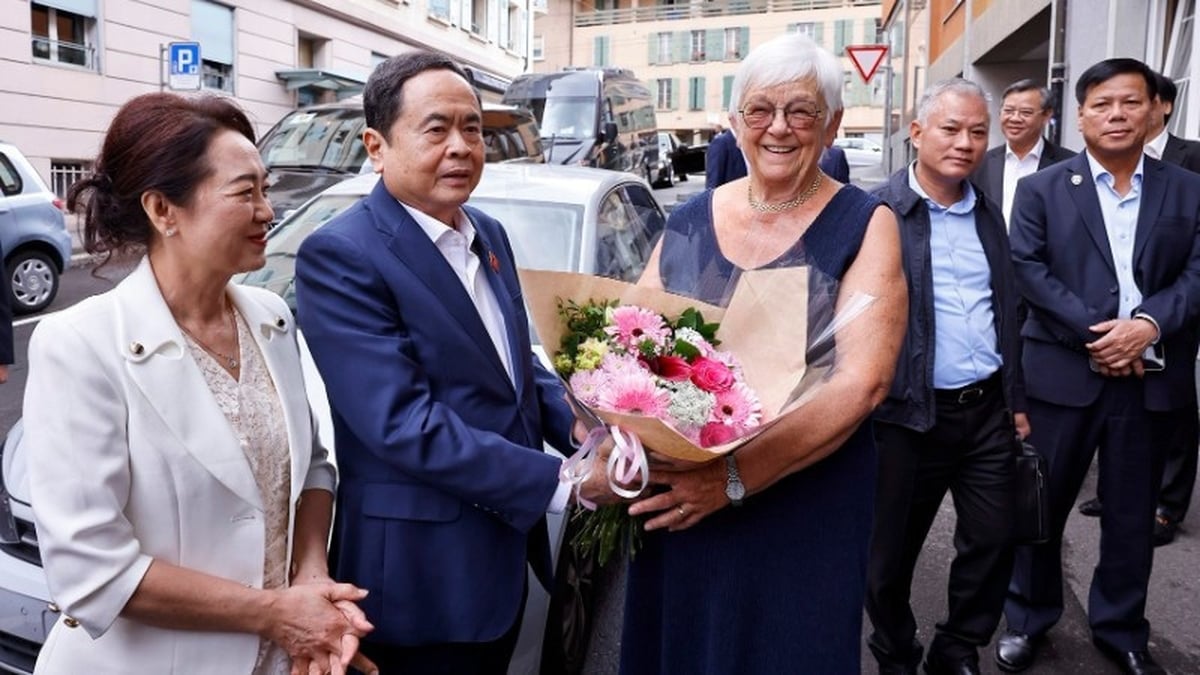
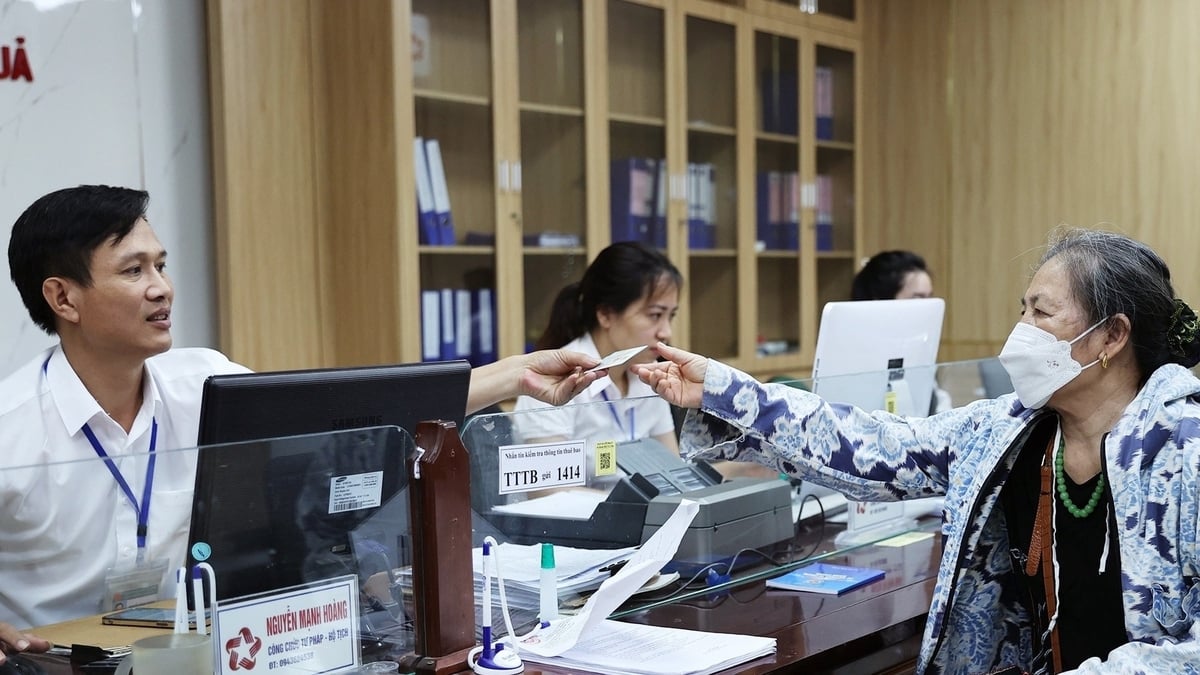
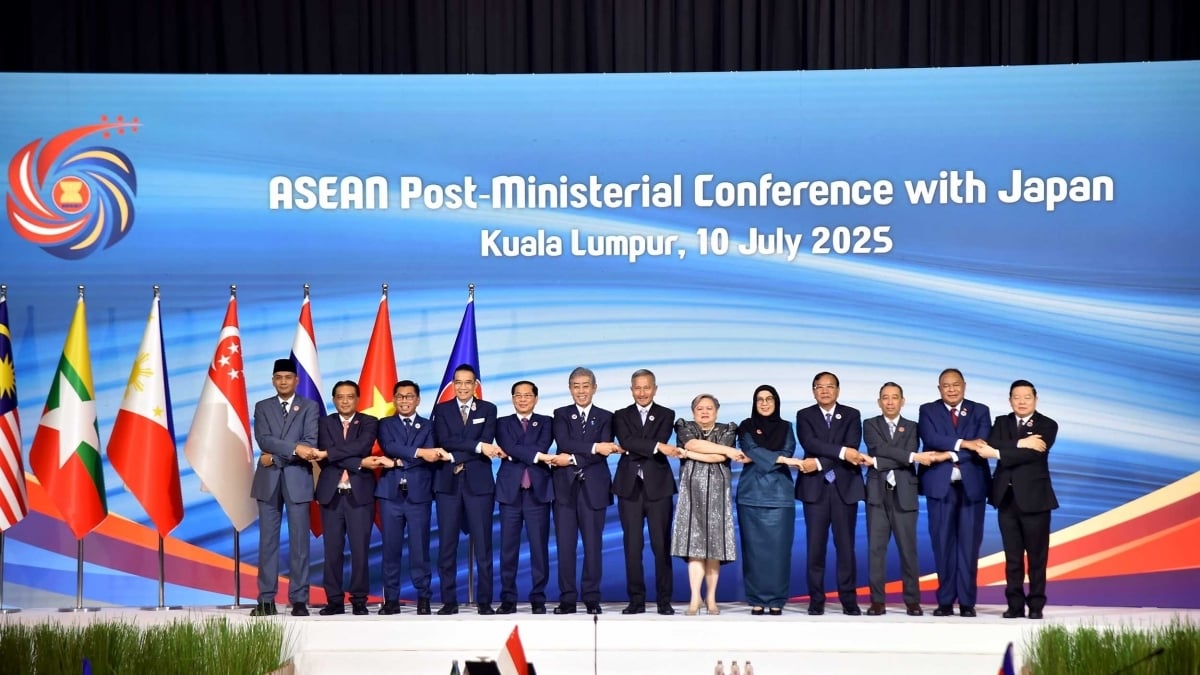

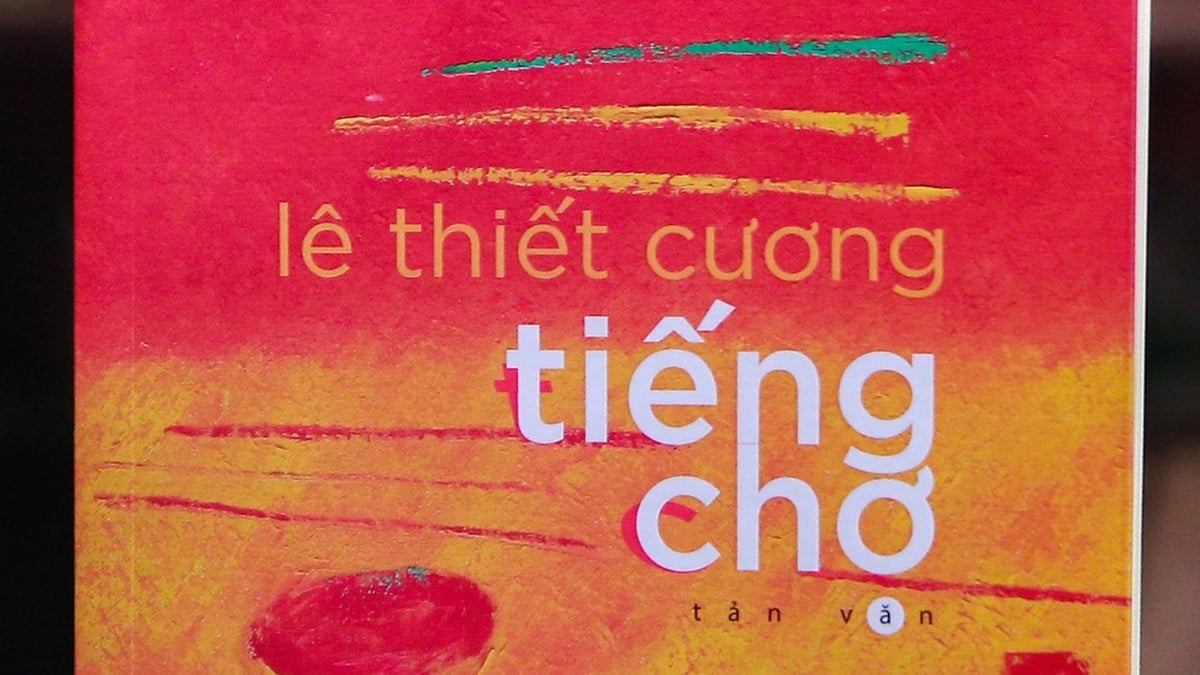


















![[Photo] National Assembly Chairman attends the seminar "Building and operating an international financial center and recommendations for Vietnam"](https://vphoto.vietnam.vn/thumb/1200x675/vietnam/resource/IMAGE/2025/7/28/76393436936e457db31ec84433289f72)





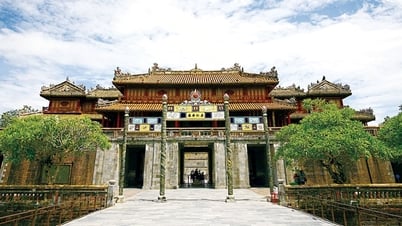

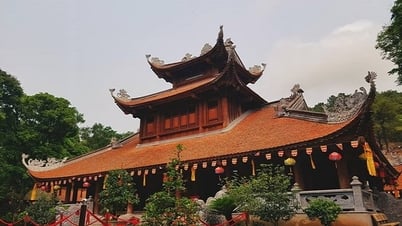



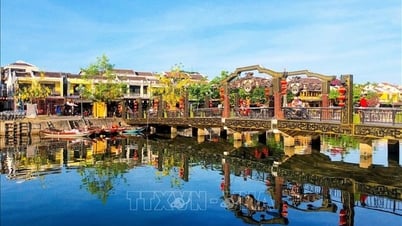

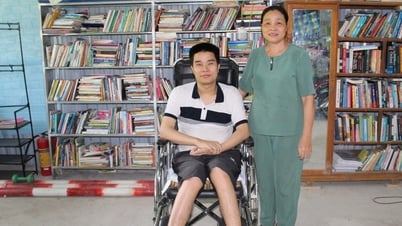

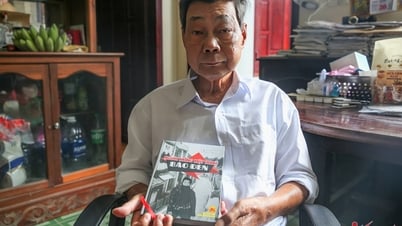



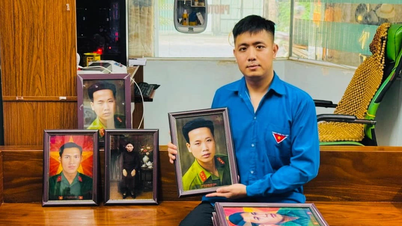


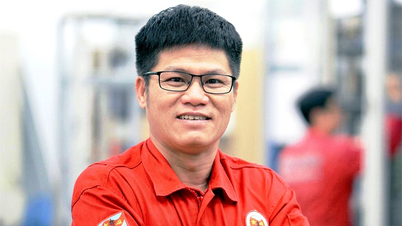

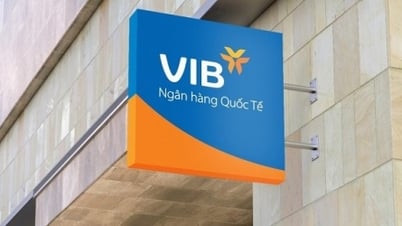

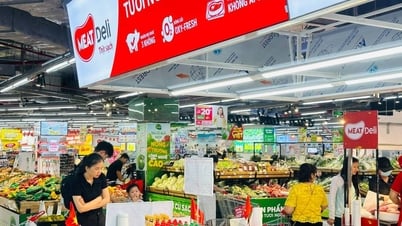


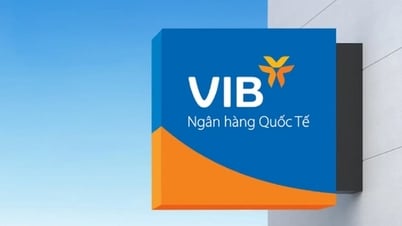
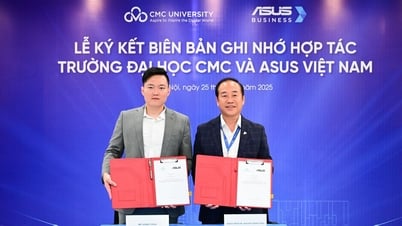






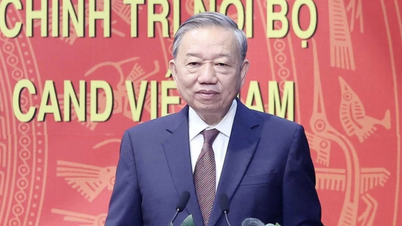
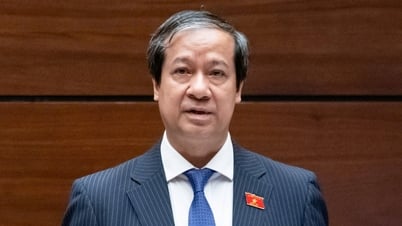




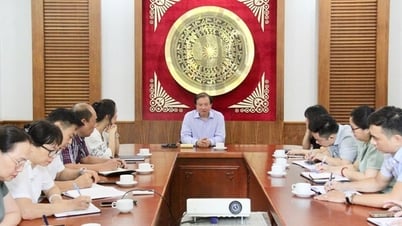

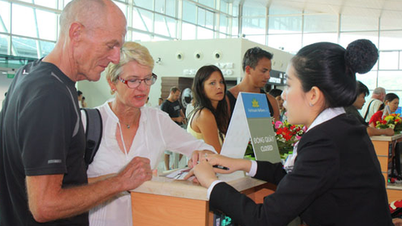
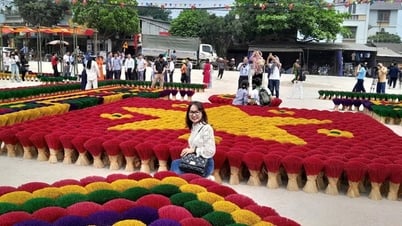
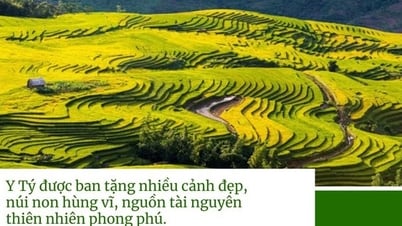



















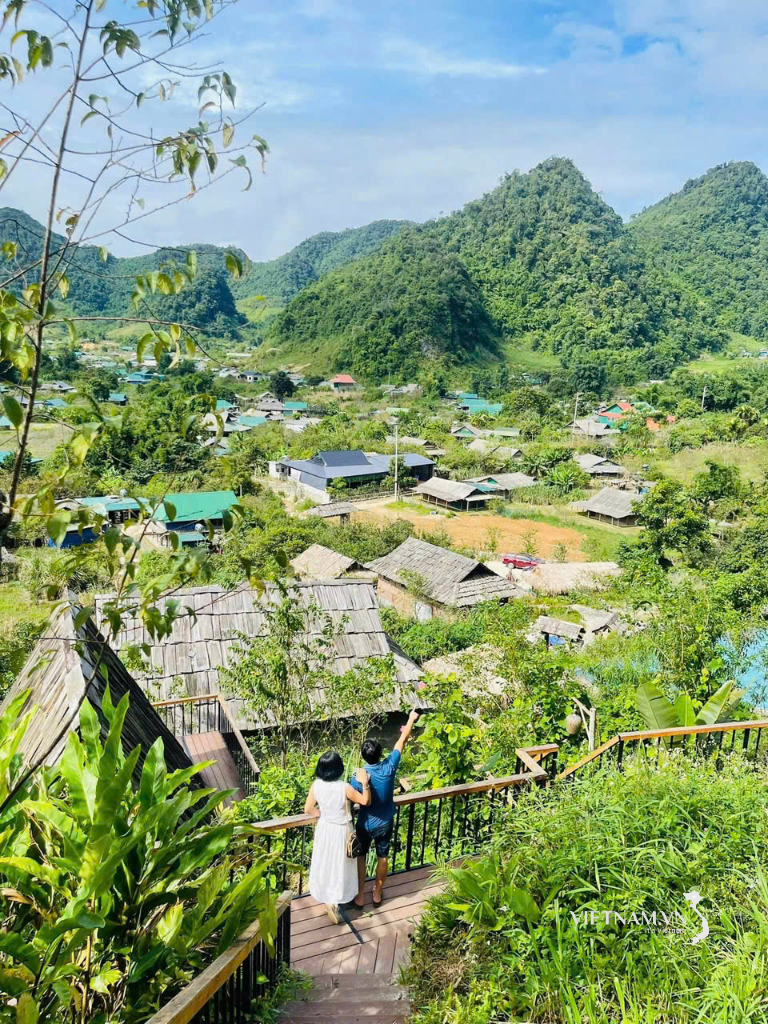
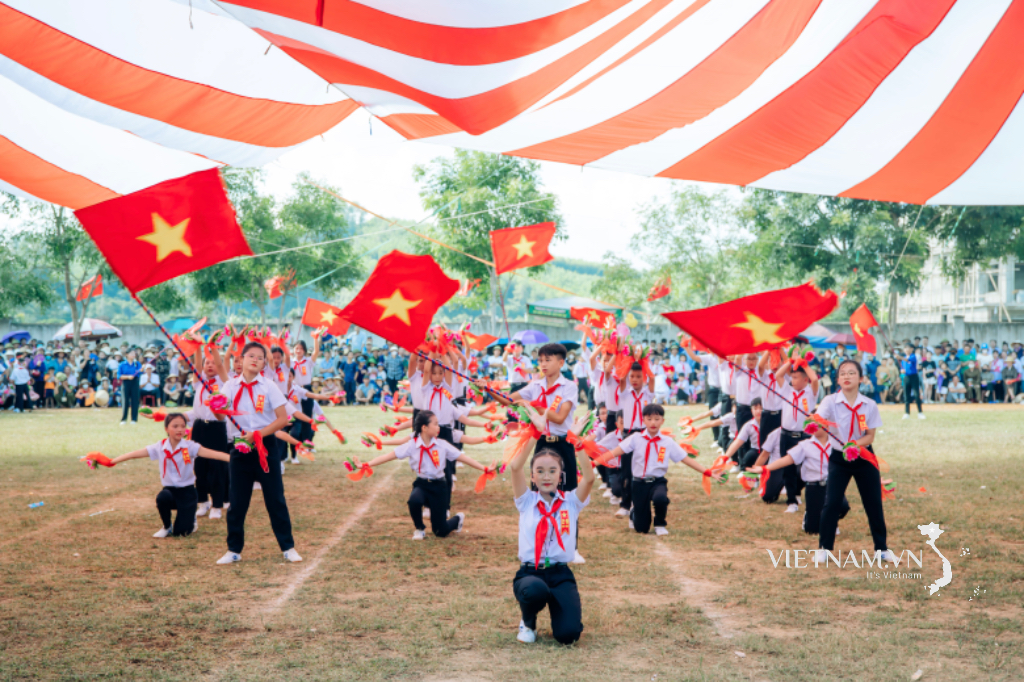

Comment (0)